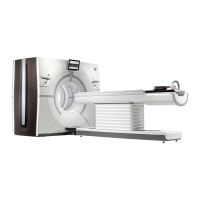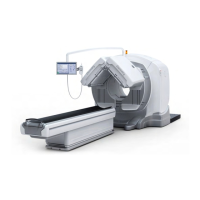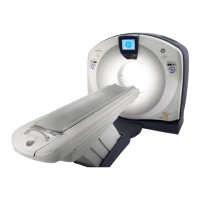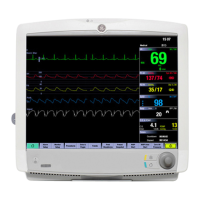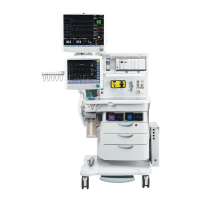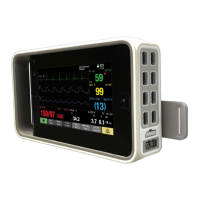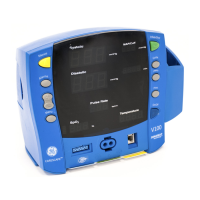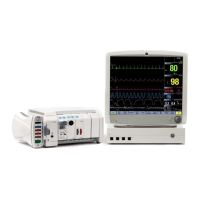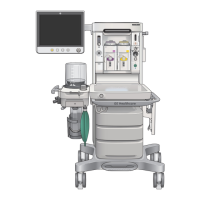GE MEDICAL SYSTEMS CT9800 QUICK SYSTEM
Rev. 16 Direction 18000
inaccurate. Here are 2 methods to get the phantom positioned properly. Use a or b.
a. After the 2 air scans, leave (DC) and enter MGTEST (mg). Perform functions “1” (open TGGC), “33”
(reset), and “35” (download characterization). Center the phantom using the alignment lights and return
to CTDS (DC). Go to step 3.
b. After the 2 air scans, go to DA0 or DZ0 and enter M level, which will provide normal alignment light and
elevation display. Center the phantom using the alignment lights and return to CTDS (DC).
3. With the phantom already centered, raise the table 180mm from the centered position. If the table won’t go
up enough, raise the adjustment on the phantom holder all the way up, and start over. Example: Display
reads “220” when centered. Raise table until display reads 40”.
4. Take 4 scans using default file #8.
7. In CTDS utilities. (UT), look up the SLCF #’s for the air and phantom scans.
8. Use UT in CTDS to note the SLCF’s used for the air and phantom scans. Enter the SLCF numbers as
requested (The SLCF numbers below are just examples. Use your correct SLCF numbers):
1st AIR CAL. SLCF NUMBER 6 (From step 2)
2nd AIR CAL. SLCF NUMBER 7
1st PHANTOM SLCF NUMBER 8
(From step 4)
2nd PHANTOM SLCF NUMBER 9
3rd PHANTOM SLCF NUMBER 10
4th PHANTOM SLCF NUMBER 11
(CONTINUE OR [EDIT]) C
Crosstalk vector calculation is complete.
STOP
R
The Crosstalk Program (CT) performs the following functions:
Checks for presence of QCAL. If Qcal is not there, do it.
Check SLCF’s entered for consistent KV and aperture. If not consistent, check for correct SLCF #’s entry in step
8 or correct entry of scan technique in step 2.
Checks the crosstalk vector against limits, and reports channels exceeding the limit. If failures, retake scans and
rerun the program. If still bad, check for beam obstruction, or bad channels.

